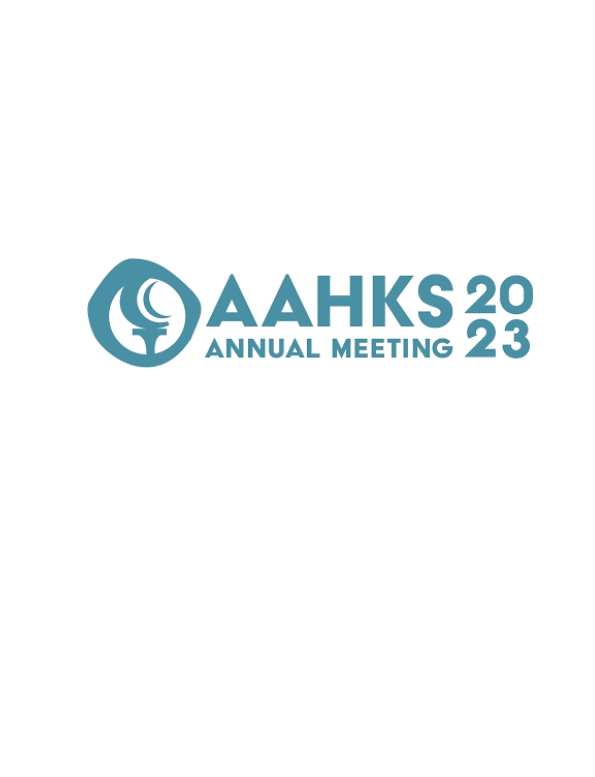
AAHKS 2023: Intrawound Vancomycin For Preventing Peri-Prosthetic Joint Infection

AAHKS 2023: Intrawound Vancomycin For Preventing Peri-Prosthetic Joint Infection
Efficacy of Intrawound Vancomycin in Prevention of Peri-Prosthetic Joint Infection After Primary TKA
Did you know you're eligible to earn 0.5 CME credits for reading this report? Click Here
CONFERENCE ACE REPORTS
This ACE Report is a summary of a conference presentation or abstract. The information provided has limited the ability to provide an accurate assessment of the risk of bias or the overall quality. Please interpret the results with caution as trials may be in progress and select results may have been presented.
Synopsis
1022 adult patients undergoing primary total knee arthroplasty (TKA) were randomized to receive either intra-wound vancomycin powder (n=507) or no vancomycin powder (n=515). The primary outcome of interest included the peri-prosthetic joint infection (PJI) rate. The secondary outcomes of interest included surgical site infection (SSI) rates, the incidence of revision for PJI/SSI, and the incidence...
To view the full content, login to your account,
or start your 30-day FREE Trial today.
FREE TRIAL
LOGIN
Forgot Password?
Explore some of our unlocked ACE Reports below!

Learn about our AI Driven
High Impact Search Feature
Our AI driven High Impact metric calculates the impact an article will have by considering both the publishing journal and the content of the article itself. Built using the latest advances in natural language processing, OE High Impact predicts an article’s future number of citations better than impact factor alone.
Continue



 LOGIN
LOGIN

Join the Conversation
Please Login or Join to leave comments.